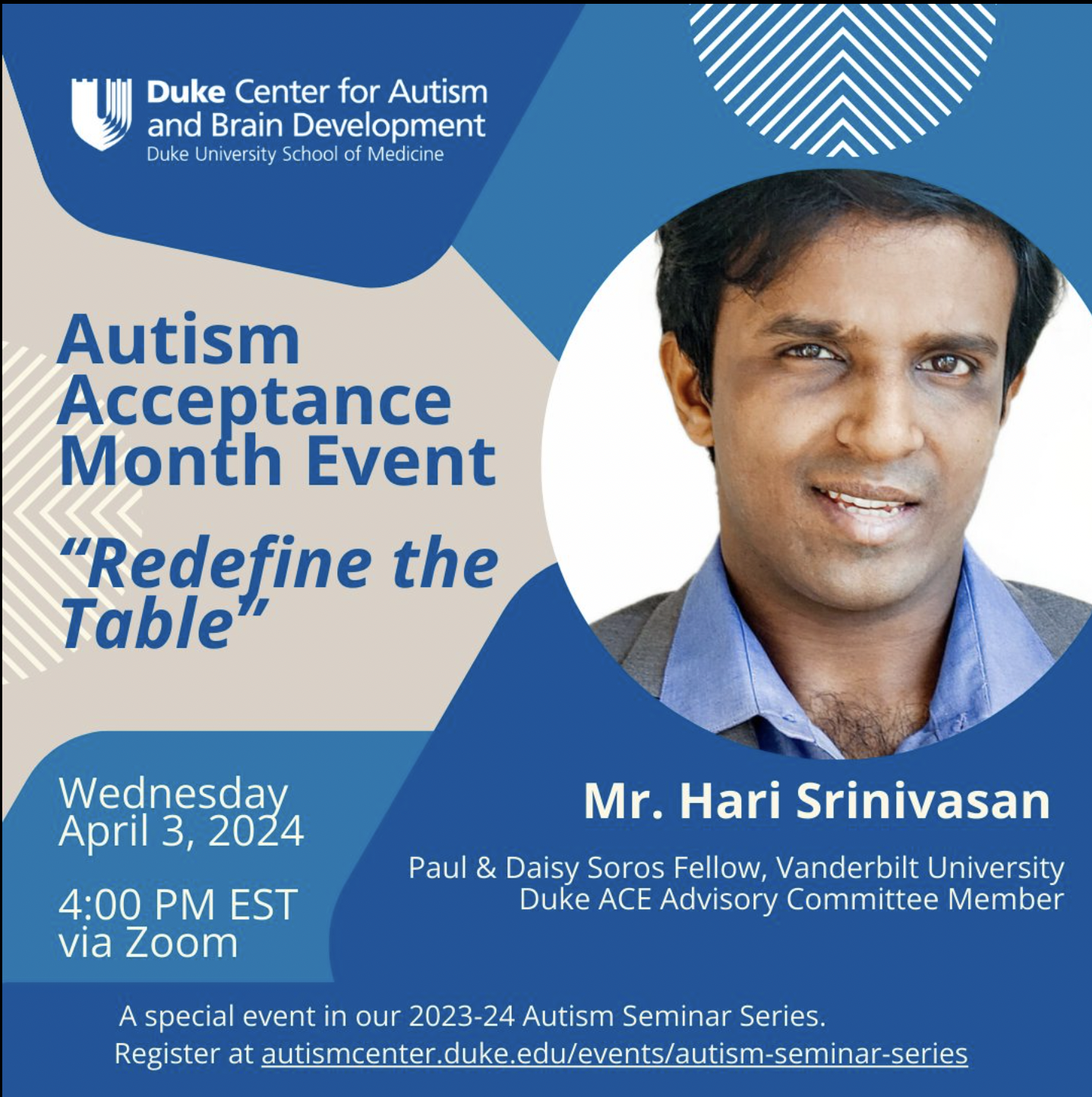Background and Rationale
The Parvalbumin (PV) hypothesis of autism proposes that dysfunction in PV-expressing interneurons (INs) underlies many of the core features of autism. Despite the heterogeneity in genetic and environmental factors contributing to autism, there is a remarkable similarity in the atypical behaviors observed, suggesting a common pathophysiology across brain regions (Contractor et al., 2021).
The Parvalbumin hypothesis of autism underscores the critical role of PV+ interneurons in maintaining neural circuit balance. Their dysfunction leads to various neurological and behavioral abnormalities observed in autism, such as sensory hypersensitivity and seizures.
Evolution of the E/I Imbalance Theory
Initially, the theory of excitation/inhibition (E/I) imbalance was proposed, suggesting that reduced GABAergic inhibition leads to an increased E/I ratio, which correlates with delayed cortical maturation in autism (Hussman, 2001; Rubenstein & Merzenich, 2003). This model explains the co-occurrence of seizures in autism but has limitations due to the involvement of various cell types in regulating E/I balance, making it difficult to identify specific therapeutic targets. A more nuanced approach involves examining different IN subtypes under behaviorally relevant brain states.
Evidence for PV+ Cell Hypofunction in Autism
Recent findings highlight several key aspects of PV+ cell hypofunction in autism:
- Reduced density of PV INs: Lower expression of PV protein and decreased density of perineuronal nets (PNNs) around INs.
- Increased power of baseline gamma oscillations: Gamma oscillations, regulated by PV and somatostatin (SST) INs, show increased power in autism.
- Decreased activity of PV INs: Reduced visually-evoked activity in PV INs.
PV INs are the most prevalent IN subtype in the cortex, but this does not exclude the possibility that other IN subtypes are involved.
Hyperexcitability and Hypersynchrony
PV hypofunction leads to hyperexcitability and hypersynchrony, predisposing individuals to seizures and exaggerated sensory-evoked responses in pyramidal (Pyr) neurons of sensory cortices. For instance, whisker-evoked responses are suppressed in Layer 2/3 neurons of the primary somatosensory cortex (S1) in Fmr1 knockout (KO) mice, a model of autism.
Sensory Hypersensitivity
A failure of neurons to adapt to ongoing stimulation, observed in Fmr1 KO mice and autistic humans, may contribute to sensory hypersensitivity. This lack of neuronal adaptation can prevent individuals from tuning out irrelevant stimuli (Green et al., 2015).
Role of PV+ Neurons in Visual Processing
PV+ neurons are crucial for modulating the tuning of Pyr neurons in the primary visual cortex (V1), thereby improving visual discrimination.
Gamma Oscillations and Other Brain Rhythms
Increased power of resting-state gamma band oscillatory activity (> 30 Hz) is associated with sensory processing and communication deficits in autism and fragile X syndrome (FXS). PV INs are critical in generating gamma rhythms. PV hypofunction, as seen after PV cell-specific deletion of the NR1 subunit of NMDA-type glutamate receptors, results in increased broadband gamma power due to decreased synchronicity (Guyon et al., 2021).
2 Versions of this Post
For the Science/Academic Reader
References
- Contractor, A., Klyachko, V. A., & Portera-Cailliau, C. (2021). Reduced density and activity of parvalbumin interneurons in autism. Journal of Neurodevelopmental Disorders, 13(1), 1-15.
- Green, S. A., & Gu, Y. (2015). Sensory hypersensitivity in autism spectrum disorders. Current Biology, 25(18), R876-R879.
- Guyon, N., & Nahmani, M. (2021). Role of parvalbumin interneurons in gamma oscillations and sensory processing in autism. Frontiers in Neuroscience, 15, 692872.
- Hussman, J. P. (2001). Suppressed GABAergic inhibition as a common factor in suspected etiologies of autism. Journal of Autism and Developmental Disorders, 31(2), 247-248.
- Rubenstein, J. L., & Merzenich, M. M. (2003). Model of autism: Increased ratio of excitation/inhibition in key neural systems. Genes, Brain and Behavior, 2(5), 255-267.





.jpg)










